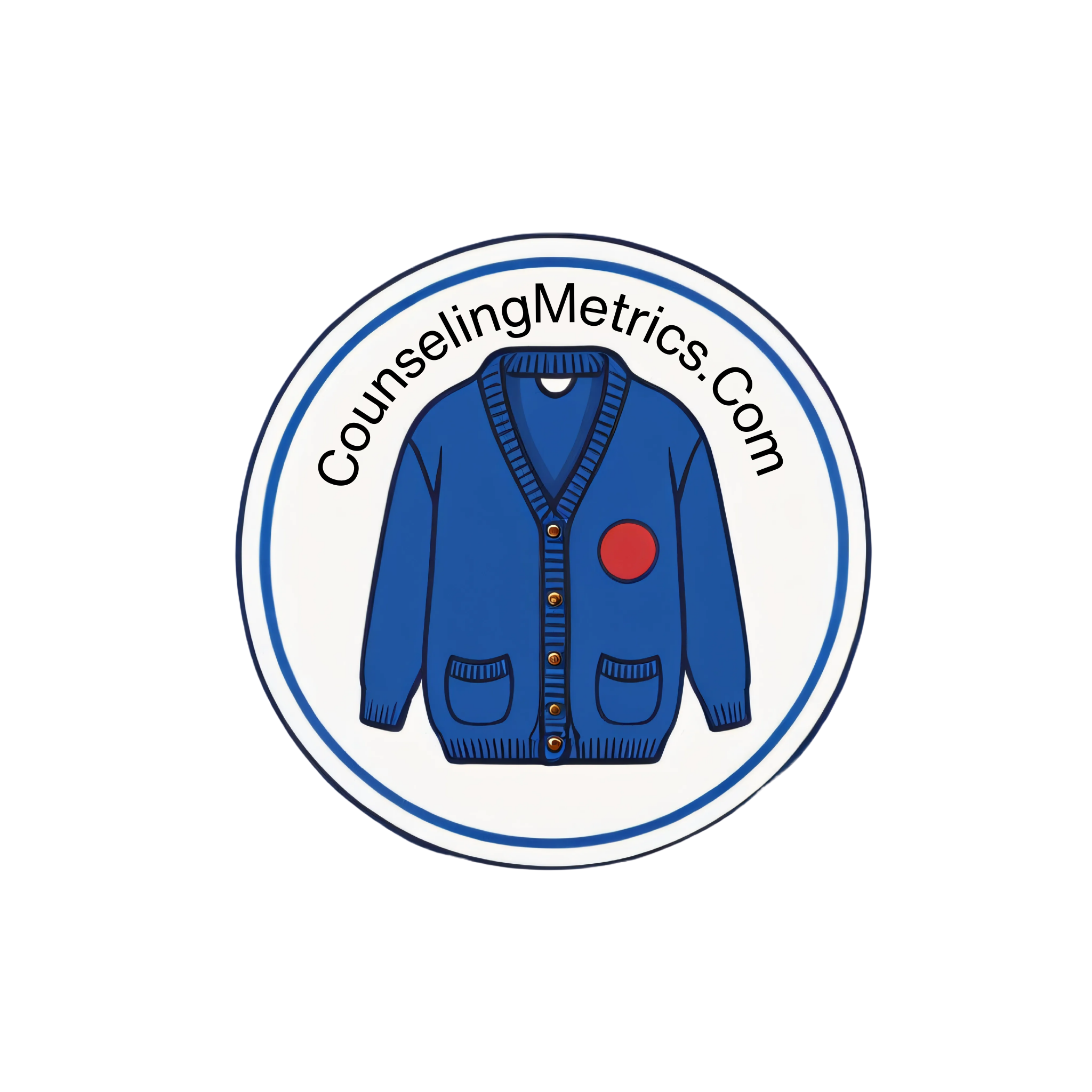Beck Depression Inventory (BDI)
The Beck Depression Inventory (BDI) is a 21-item self-report questionnaire designed to measure the severity of depression. Developed by Dr. Aaron T. Beck in 1961, it assesses symptoms such as mood, pessimism, and physical symptoms. Each item is scored on a scale from 0-3, with higher total scores indicating more severe depressive symptoms. The BDI is widely used in both clinical and research settings due to its reliability and validity.
Who Can Use?
The Beck Depression Inventory (BDI) is copyrighted. The rights are held by Pearson Education, Inc. and a fee is required for its use. If you need to use it for clinical or research purposes, you’ll need to obtain permission and possibly pay a licensing fee.
Where can I Find this Assessment?
This assessment is available through Pearson Education, Inc. at: https://www.pearsonassessments.com/store/usassessments/en/Store/Professional-Assessments/Personality-%26-Biopsychosocial/Beck-Depression-Inventory/p/100000159.html.
Citations
Beck, A.T., Ward, C.H., Mendelson, M., Mock, J., & Erbaugh, J. (1961). An inventory for measuring depression. Archives of General Psychiatry, 4(6), 561-571. http://dx.doi.org/10.1001/archpsyc.1961.01710120031004.

Center for Epidemiologic Studies Depression Scale (CES-D)
The Center for Epidemiologic Studies Depression Scale (CES-D) is a widely used screening tool designed to measure depressive symptoms in the general population. Developed by the National Institute of Mental Health (NIMH) in 1977, it consists of 20 items that assess various aspects of depression, such as mood, appetite, sleep and concentration. Each item is scored on a 4-point scale, with higher total scores indicating more severe depressive symptoms. A score of 16 or higher suggests the presence of significant depressive symptoms.
Who Can Use?
The CES-D is in the public domain and no permission is required for use.
Where can I Find this Assessment?
This assessment can be found at: https://www.apa.org/depression-guideline/epidemiologic-studies-scale.pdf
Citations
Radloff, L.S. (1977). The CES-D Scale: A self-report report depression scale for research in the general population. Applied Psychological Measurement, 1(3), 385-401. http://dx.doi.org/10.1177/014662167700100306.
Saracino, R.M., Cham, H., Rosenfeld, B., & Nelson, C.J. (2018). Confirmatory factor analysis of the Center for Epidemiologic Studies Depression Scale in oncology with examination of invariance between younger and older patients. European Journal of Psychological Assessment. Advance online publication. http://dx.doi.org/10.1027/1015-5759/a000510.
EQ-5D
The Center for Epidemiologic Studies Depression Scale (CES-D) is a widely used screening tool designed to measure depresive symptoms in the general populatin. Developeed by the National Institute of Mental Health (NIMH) in 1977, it consists of 20 items that assess various aspects of depression, such as mood, appetite, sleep and concentration. Each item is scored na 4-point scale, with higher total scores indicating more severe depressive symptoms. A score of 16 or higher suggests the presence of significant depressive symptoms.
Who Can Use?
To use the EQ-5D, users need to register their study or project with the EuroQol Research Foundation which manages its distribution and licensing. More information is available at this link: https://euroqol.org/register/.
Where can I Find this Assessment?
This assessment can be found at: https://euroqol.org/register/
Citations
The EuroQol Group (1990) EuroQol — A new facility for the measurement of health-related quality of life. Health Policy, 16(3), 199-208. https://doi.org/10.1016/0168-8510(90)90421-9.
Hamilton Depression Rating Scale (HDRS or HAM-D)
The Hamilton Depression Rating Scale is a clinician-administered questionnaire used to assess the severity of depression symptoms. Originally developed by Max Hamilton in 19060, it includes 17-29 items depending on the version. The scale evaluates various aspects of depression, such as mood, insomnia, agitation, and weight loss, with each item scored on a 3- or 5- point scale. The HAM-D is widely used in both clinical and research settings due to its reliability and comprehensive assessment of depressive symptoms.
Who Can Use?
To be administered by a health care professional/clinician. This assessment is in the public domain and no permissions are required for its use.
Where can I Find this Assessment?
This assessment can be found at: https://www.apa.org/depression-guideline/hamilton-rating-scale.pdf
Citations
Hamilton, M. Journal of Neurology, Neurosurgery, and Psychiatry. 23:56-62, 1960.
Montgomery-Asberg Depression Rating Scale (MADRS)
The Montgomery-Asberg Depression Rating Scale (MADRS) is a clinical tool used to assess the severity of depressive episodes in adults. It consists of 10 items that evaluate symptoms such as sadness, tension, sleep disturbances, appetite changes, concentration difficulties, and suicidal thoughts. Each item is rated on a scale from 0-6, with higher scores indicating more severe symptoms. The MADRS is known for its sensitivity to changes in depression severity over time, making it useful for both clinical practice and research.
Who Can Use?
According to the APA, the scale is in the public domain and no permission is required for use. However it also says that the scale is copyright by: © Stuart Montgomery 1978, Measures of Depression, Fulcrum Press, London.
Where can I Find this Assessment?
This assessment can be found at: https://www.apa.org/depression-guideline/montgomery-asberg-scale.pdf
Citations
Montgomery, S.A., & Åsberg, M. (1979). A new depression scale designed to be sensitive to change. The British Journal of Psychiatry, 134, 382-389. http://dx.doi.org/10.1192/bjp.134.4.382.
Davidson, J., Turnbull, C.D., Strickland, R., Miller, R., & Graves, K. (1986). The Montgomery‐Åsberg Depression Scale: Reliability and validity. Acta Psychiatrica Scandinavica, 73(5), 544-548. https://doi.org/10.1111/j.1600-0447.1986.tb02723.
Patient Health Questionnaire (PHQ-9)
The Patient Health Questionnaire (PHQ-9) is a widely used and widely available tool for screening, diagnosing, monitoring, and measuring the severity of depression. It consists of nine questions that align with the diagnostic criteria for major depressive disorder in the DSM 5 TR. Each question is scored from 0-3, with the total indicating the severity of depression. The PHQ-9 is valued for its simplicity and effectiveness, making it a standard instrument in both clinical practice and research.
Who Can Use?
Clinicians
Where can I Find this Assessment?
This assessment can be found on the National Institute of Health Website at: https://coepes.nih.gov/sites/default/files/2020-12/PHQ-9%20depression%20scale.pdf.
Citations
Kroenke K, Spitzer, R, Williams W. The PHQ-9: Validity of a brief depression severity measure. JGIM, 2001, 16:606-616.